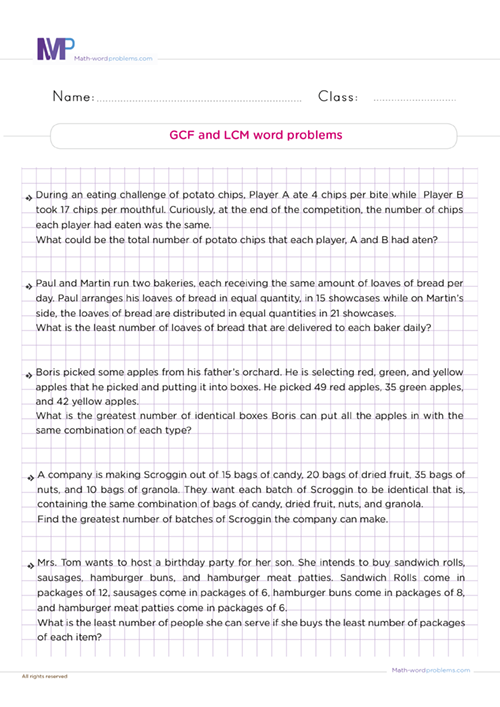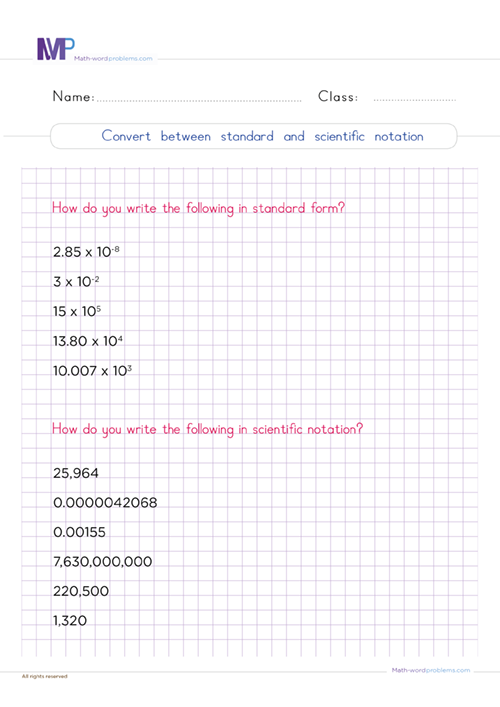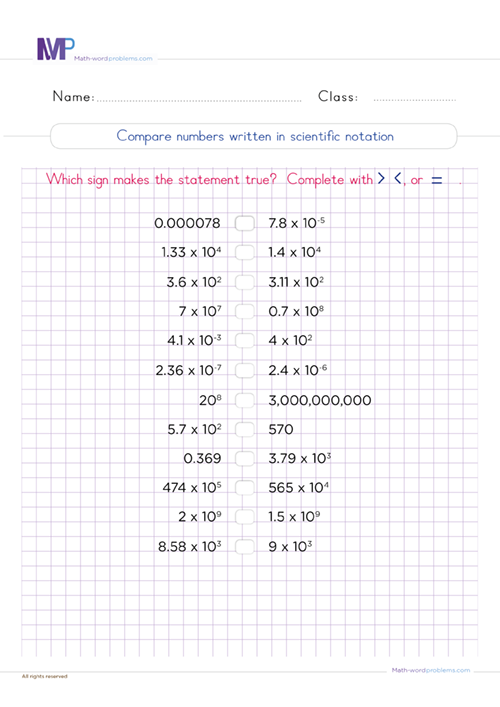 How to find the GCF and the LCM word problems
How to find the GCF and the LCM word problems
This enriching resource on how to find the GCF and LCM word problems is here to improve your kids' technical skills and performance in solving word problems efficiently.
Also, we will include effective problem-solving and instructional working strategies so that learners can easily tackle word problems concerning GCF and LCM. With this, your kids can wave goodbye to all the substantial challenges they face or encounter in solving math word problems.
In fact, with this resource, kids can easily identify the problem type and translate the problem into a solvable mathematical equation, thereby providing an accurate result for the word problem.
Steps on how to find the GCF and LCM word problems
Your kids will be excited as they discover simple steps on how to find the GCF and LCM word problems. These steps will model and help young learners easily identify the relational statements in any word problem they encounter. We will begin by designing easy rules to find GCF /LCM.
Also, our resource will guide your kids through identifying key problem features in word problems concerning HCF/LCM. And how to transform math problems into meaningful maths equation.
As we know, learning with examples is usually a great lesson for kids. Hence, this resource will present real-life situation examples to demonstrate how these steps work
Step 1: IDENTIFY:
- You have to start by reading the whole word problem very carefully.
- Then, figure out the scenario that the problem needs you to tackle.
- Last but not least, use the keywords found in the word problem to help you identify the operation you are supposed to carry out efficiently.
Speaking of keywords:
- When looking for GCF in a word problem, these are some of the general keywords you'll come across in the word problem: - greatest, largest, maximum, highest, etc.
- Another clue to know if you need to find the GCF in a word problem is when the problem presents itself as "groups," "rows," "sections," "how many sets," "divided into equal groups," "identical" "split," "share equally" "same combination," "same" "even amount," etc.
- When finding the LCM, these are some general keywords that you'll find in the word problem: - least, minimum, smallest, lowest, etc.
- Similarly, other clues to know if you are going to find but the LCM in a word problem is when the problem presents itself as an event that will repeat itself, when you find the word "every…" in the word problem, etc.
- ***One key Element for learners to understand is that they should not always rely on keywords alone. That is to say; the same keyword can have different meanings in different word problems.
- For this reason, we reiterate on the importance of reading the question very carefully to understand the situation that the word problem is describing, then figure out exactly which operation to use***
Step 2: STRATEGIZE:
At this stage, you should ask yourself, "how am I going to solve the problem?"
- You already know that, from the keyword(s) in the word problem, you will know if you need to look for the LCM or GCF.
- However, you don't have to depend entirely on keywords. Always try to understand the situation that the problem is describing very well before you start solving it.
- After knowing which operation you will perform, construct short expressions/sentences representing the given word problem.
Step 3: SET UP:
Now, write down a numerical expression representing the information given in the word problem.
Step 4: PROVIDE A SOLUTION:
From step 3 above,
If the word problem needs you to find the GCF, use any of the methods listed below:
- The factor tree and column method,
- The slide method,
- The prime factor method.
If the word problem needs you to find the LCM, use one of the following methods:
- Listing the multiples method,
- Prime factorization method,
- Division method,
- The factor tree and column method.
Step 5: CHECK YOUR WORK:
Finally, ask yourself this question. "Does my answer make sense?" If "YES," you are done. If "NO," go back to step 1 and start all over again.
OR
You can always do this by solving to prove your answer, as shown in the attached example below.
Examples on how to solve the GCF and LCM word problems
Example one: how to find the GCF word problem
Step 1:First, read the problem carefully and identify the keyword(s) found in the word problem. After doing this, you see that the keywords in the problem are "largest" and "each."
Step 2:Next, how will you solve the problem? From the situation the problem describes, the keyword found in the word problem and the clue, which is "must be shared equally," calls for you to look for the GCF.
With this in mind, construct short expressions/sentences to represent the given word problem.
- Number of cans of juice bought= 100
- Number of hamburgers bought = 50
- Number of packets of potato chips = 50
- Therefore, the largest number of students that can go for the field trip for all the food to be shared equally with no leftovers = the GCF of 100 and 50.
Merge Step 3 and 4: when dealing with the GCF, step 3 and 4 are best understood when merged.
- Start by writing down a numerical expression to represent the bolded sentence in step 2 above, then find the GCF of 100 and 50 using the prime factor method.
- Firstly, find the prime factors of each number
50 = 2 × 5 × 5.
100 = 2 × 2 × 5 × 5 - Secondly, find and highlight the prime factors that the factors have in common.
50 = 2 x 5 x 5.
100 = 2 x 5 x 2 x 5. - Finally, to find the GCF, multiply their common factors together.
2 × 5 × 5 = 50
So, 50 students can go for the field trip if all the food must be shared equally with no left over.
- Now, to find the cans of juice, hamburgers, and packets of potato chips each student will get, you need to take the number of juice, hamburgers, and packets of potato chips and divide them by the GCF of 100 and 50.
GCF of 100 and 50 = 50
- 100 cans of juice ÷ 50 = 2 cans of juice.
- 50 hamburgers ÷ 50 = 1 hamburger
- 50 packets of potato chips ÷ 50 = 1 packet of potato chips
So, each student will get 2 cans of juice, 1 hamburger, and 1 packet of potato chips.
Step 5: Finally, check your work to know if your answer makes sense. You can do this as shown below.
To check if your answer is correct,
Firstly add the number of cans of juice, hamburgers, and packets of potato chips that each student will get = 2 + 1 + 1 = 4
Secondly, add the total number of cans of juice, hamburgers, and packets of potato chips that they bought = 100 + 50 + 50 = 200
Finally, divide the total number of cans of juice, hamburgers, and packets of potato chips by the total number of cans of juice, hamburgers, and packets of potato chips that each student will get = 200 ÷ 4 = 50
So, since the final answer equals the GCF of 100 and 50, it implies that your answer is correct and makes sense.
Example two: how to find the LCM word problem
Step 1: After carefully reading the problem, you see that the keyword in the word problem is "least."
Step 2: Next, how will you solve the problem? As you can see, the problem described and the keyword found in the word problem show that we should find the LCM.
With this in mind, form short expressions/sentences to represent the given word problem.
- Packages of sandwich rolls = 12
- Packages of sausages = 6
- Packages of hamburger buns = 8
- Packages of hamburger meat patties = 6
- Therefore, the least number of people she can serve if she buys the least number of packages of each item = the LCM of 12, 8, and 6.
Merge Step 3 and 4: Fwhen dealing with LCM, step 3 and 4 are best understood when merged.
*Now, write down a numerical expression to represent the bolded sentence in step 2 above and then proceed to find the LCM of 15 and 40 using the listing multiples method.
- Firstly, list and find the multiples of 12, 8, and 6.
12 = 12, 24, 36 …
6 = 6, 12, 24, 30, 36 …
8 = 8, 16, 24, 36 … - Secondly, find and highlight the common multiples.
12 = 12, 24, 36 …
6 = 6, 12, 24, 30, 36 …
8 = 8, 16, 24, 36 … - Thirdly, the common multiples of the numbers are 24, 36…
- Finally, the least common multiple of the numbers is 24.
So, she can serve 24 people if she buys the least number of packages of each item.
Step 5: Finally, check your work to know if your answer makes sense. You can do this as shown below.
To check if your answer is correct, divide the least common multiple of 12, 8, and 6 by the number of items they bought, i.e., 4 items.
Result: 24 ÷ 4 = 6
Then if you multiply the result by 4 (the number of items) and it gives you the least multiple of 12, 8, and 6, it implies that your answer is correct.
6 × 4 = 24
So, since the final answer is equal to the LCM of 12, 8, and 6, it implies that your answer is correct and makes sense.





